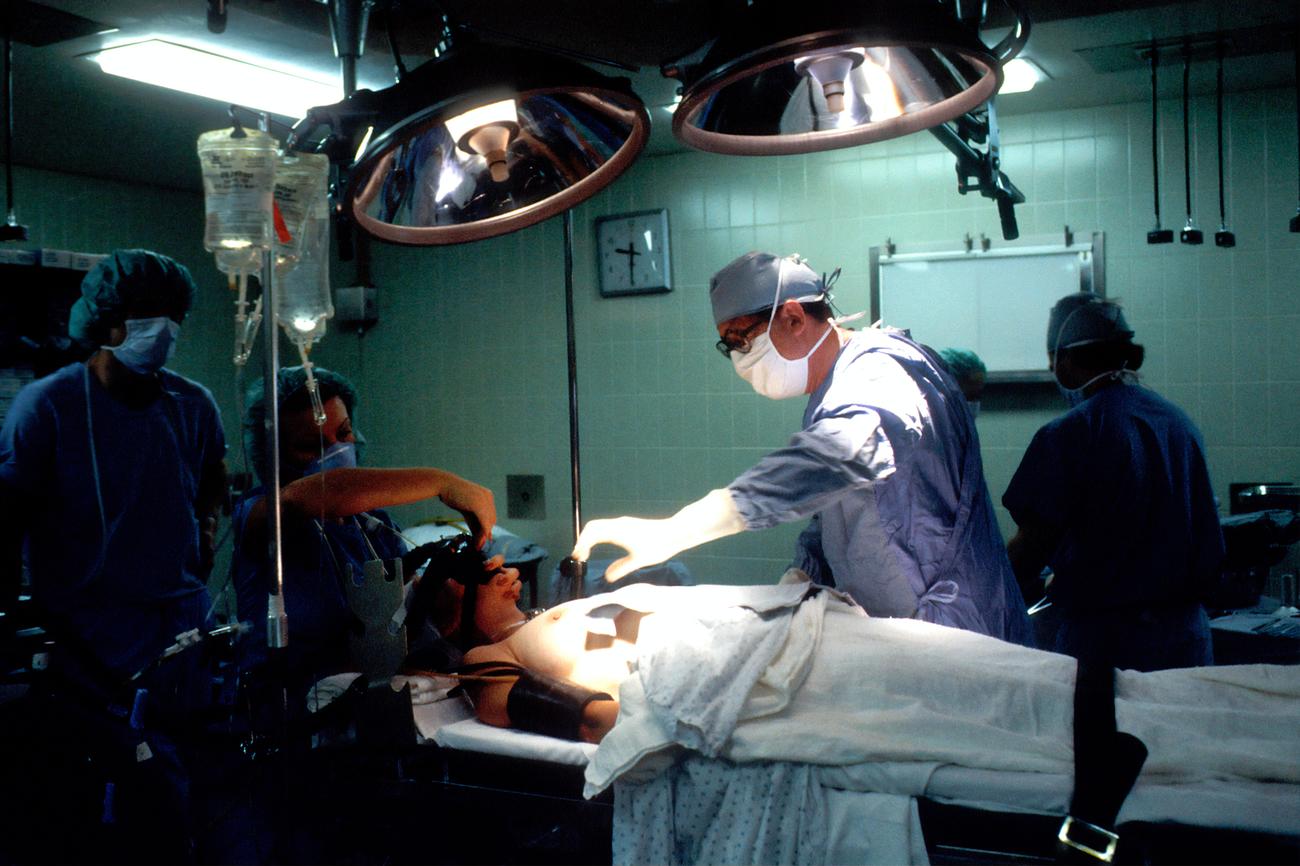Are you ready to dive into the world of salivary gland tumors? Brace yourself for a mind-blowing journey through the complex realm of oncology. In this article, we unravel the crucial insights that will leave you enlightened about the important facts surrounding these tumors. From prevalence to treatment options, and everything in between, prepare to be captivated by the essential knowledge that could potentially change lives. So, fasten your seatbelts as we embark on a quest to simplify the enigmatic world of salivary gland tumors!

Important Facts About Salivary Gland Tumors
Salivary gland tumors are a complex and often misunderstood group of conditions. In this article, we will uncover crucial insights about salivary gland tumors that will help you understand their prevalence, risk factors, diagnosis, treatment options, and potential outcomes. So, let’s dive in and simplify the key facts about salivary gland tumors.
Understanding Salivary Gland Tumors
The most common location for salivary gland tumors is the parotid gland, which accounts for nearly 85 percent of all salivary gland tumors. It’s essential to note that these tumors can be both benign (noncancerous) or malignant (cancerous), with approximately 25 percent of parotid tumors being cancerous. But what does this mean for patients?
Important Fact 1: Salivary gland tumors may be benign or malignant, and both occur with equal frequency. This means that not all salivary gland tumors are cancerous, but it’s crucial to determine the type of tumor for appropriate management.
Recognizing Symptoms and Risk Factors
Being aware of the signs and risk factors associated with salivary gland tumors can help in early detection and timely intervention. So, let’s take a closer look at the symptoms and risk factors you should be aware of.
Important Fact 2: Symptoms of salivary gland tumors may include a lump or swelling on or near the jaw, neck, or mouth, numbness, and facial pain. If you experience any persistent lump or swelling in the salivary glands, it’s important to seek a prompt evaluation by a doctor to rule out cancer.
Important Fact 3: Risk factors for salivary gland tumors include older age and radiation exposure. If you fall into these categories, it’s worth paying extra attention to any symptoms or changes in your salivary glands.
Diagnostic Techniques for Salivary Gland Tumors
Diagnosing salivary gland tumors often involves various techniques to accurately identify the nature and extent of the tumor. Let’s explore the diagnostic procedures that doctors use.
Important Fact 4: Diagnosis of salivary gland tumors may involve fine-needle aspiration biopsy, CT and MRI imaging. These tests help determine the type and stage of the tumor, which are crucial factors in determining the appropriate treatment approach.
Treatment Options and Prognosis
When it comes to treating salivary gland tumors, a multidisciplinary approach is often necessary. Understanding the available treatment options and their potential outcomes is vital for making informed decisions about your care.
Important Fact 5: Treatment for salivary gland tumors often involves surgery, but it may also include radiation therapy and chemotherapy. The specific treatment plan will depend on the type and stage of the tumor.
Important Fact 6: For benign salivary gland tumors like pleomorphic adenoma, oncocytomas, and Warthin tumors, surgery is typically curative. However, malignant salivary gland tumors can be more complex and have heterogeneous histologies, requiring a combination of excision and radiation therapy for treatment.
Important Fact 7: The prognosis of salivary gland cancer depends on the grade of the cancer. Prompt diagnosis and early intervention can significantly improve the chances of successful treatment.
Key Takeaways
To sum up our important insights about salivary gland tumors:
“Understanding the prevalence, symptoms, and risk factors can empower you to take action and seek prompt medical attention for any concerning changes in your salivary glands.”
Salivary gland tumors, whether benign or malignant, require timely diagnosis and intervention. By recognizing the symptoms, understanding the risk factors, and being proactive in seeking medical advice, you can ensure that any salivary gland tumors are promptly addressed.
Remember, your health is essential, and early detection plays a crucial role in effective management. Stay informed, be aware, and take control of your well-being.
Table: Common Types of Salivary Gland Tumors
| Type of Tumor | Malignancy | Treatment Approach |
|---|---|---|
| Pleomorphic Adenoma | Benign | Surgery |
| Oncocytomas | Benign | Surgery |
| Warthin Tumors | Benign | Surgery |
Disclaimer: This table includes common types of salivary gland tumors but is not an exhaustive list. Treatment approaches may vary based on individual cases and expert recommendations.
Salivary gland tumors are a topic many people are curious about, and for good reason. They are often misunderstood and can cause significant health issues if left untreated. If you want to learn more about the facts surrounding salivary gland tumors, click here to uncover the truth. Don’t miss out on this opportunity to gain valuable knowledge on a subject that impacts many individuals. Don’t delay – click now to explore the fascinating world of salivary gland tumors!
facts about salivary gland tumor

FAQ
Question: What is the most common location for salivary gland tumors?
Answer: Salivary gland tumors most commonly occur in the parotid gland, accounting for nearly 85 percent of all salivary gland tumors.
Question: What percentage of parotid tumors are cancerous?
Answer: Approximately 25 percent of parotid tumors are cancerous (malignant).
Question: What is the frequency of benign vs. malignant salivary gland tumors?
Answer: Salivary gland tumors may be benign (noncancerous) or malignant (cancerous), with equal frequency.
Question: What are the treatment options for salivary gland tumors?
Answer: Treatment for salivary gland tumors often involves surgery. Additionally, radiation therapy and chemotherapy may be part of the treatment plan.
Question: Which types of benign salivary gland tumors can be cured by surgery?
Answer: Benign salivary gland tumors include pleomorphic adenoma, oncocytomas, and Warthin tumors, which are almost always cured by surgery.














